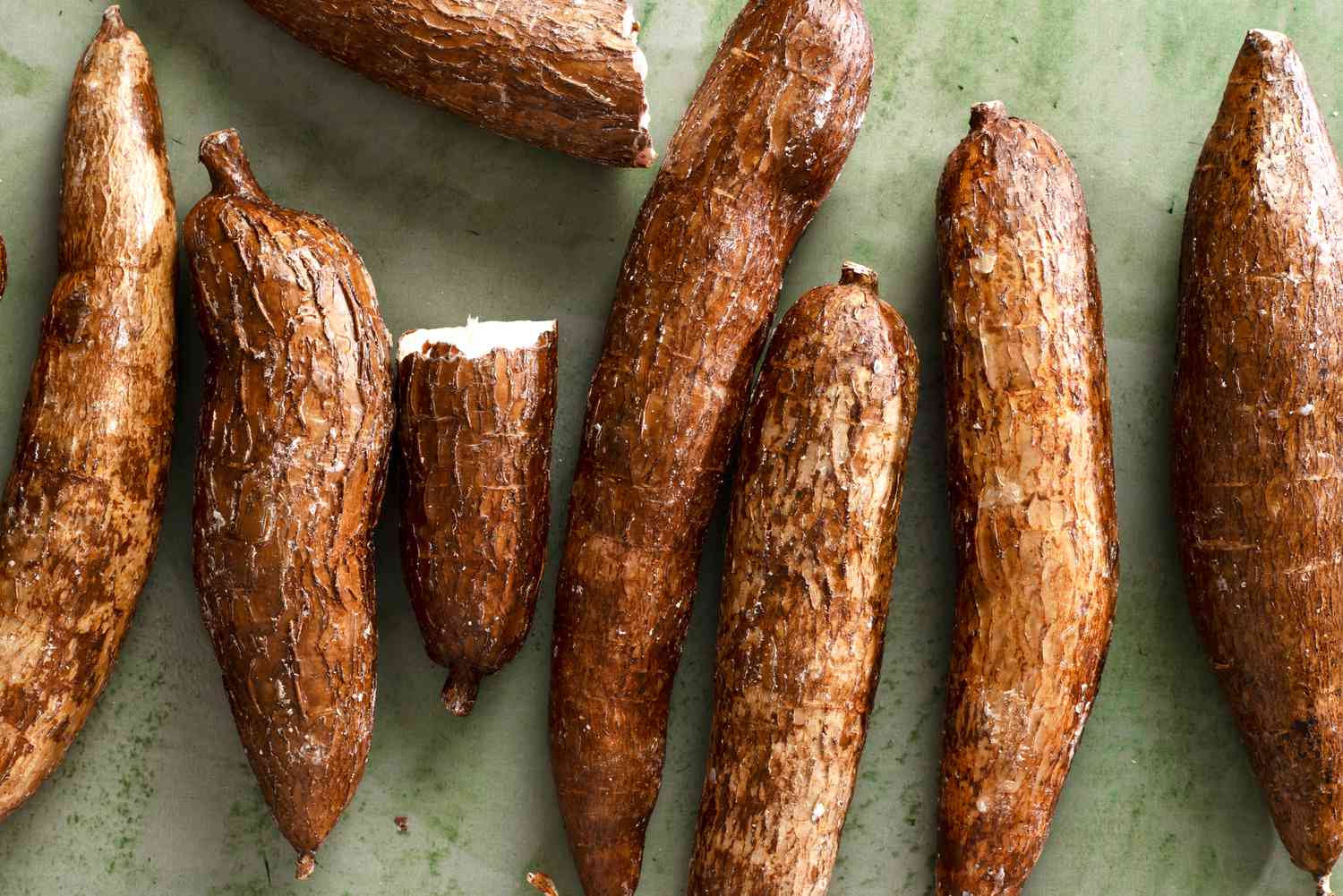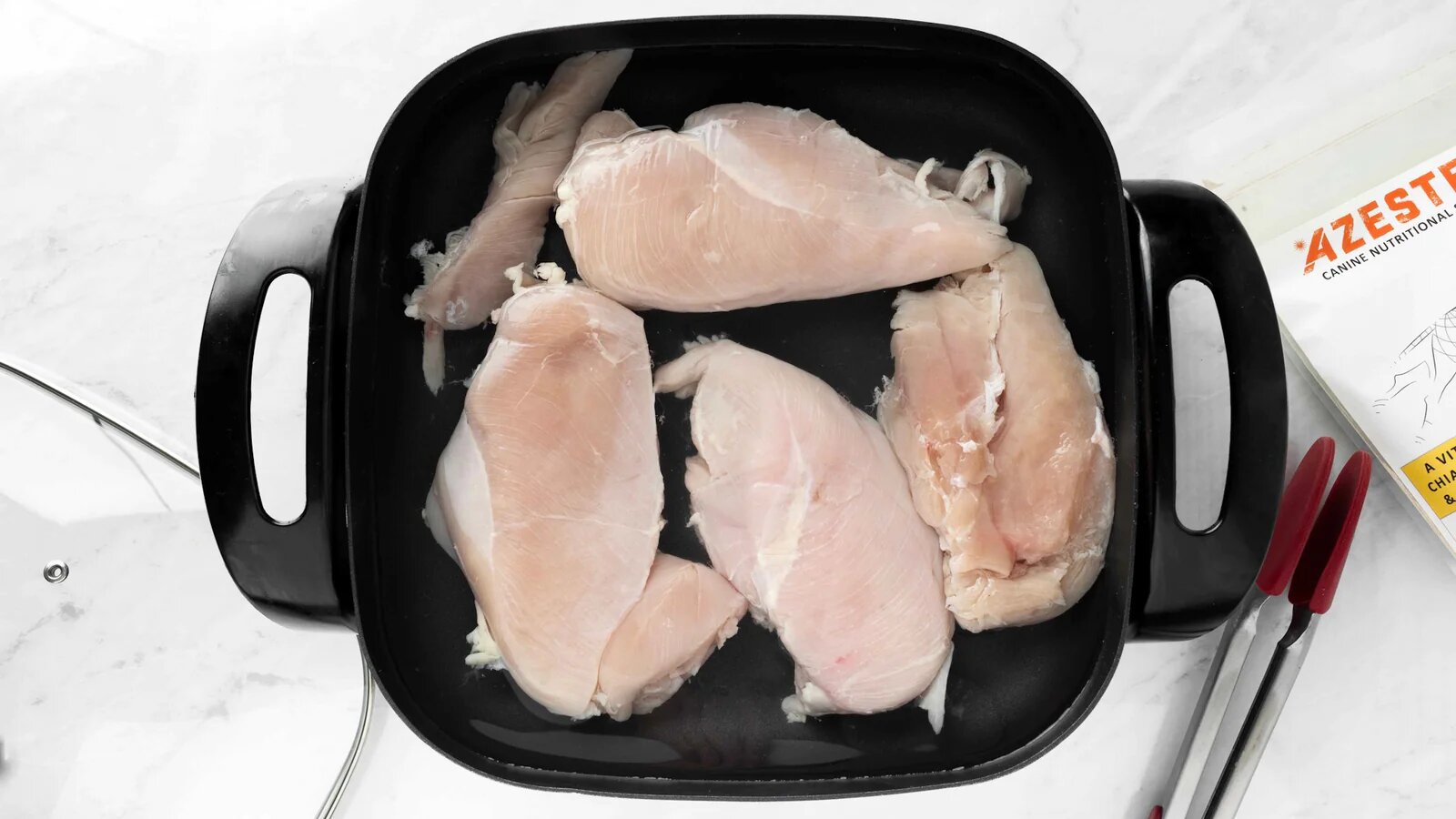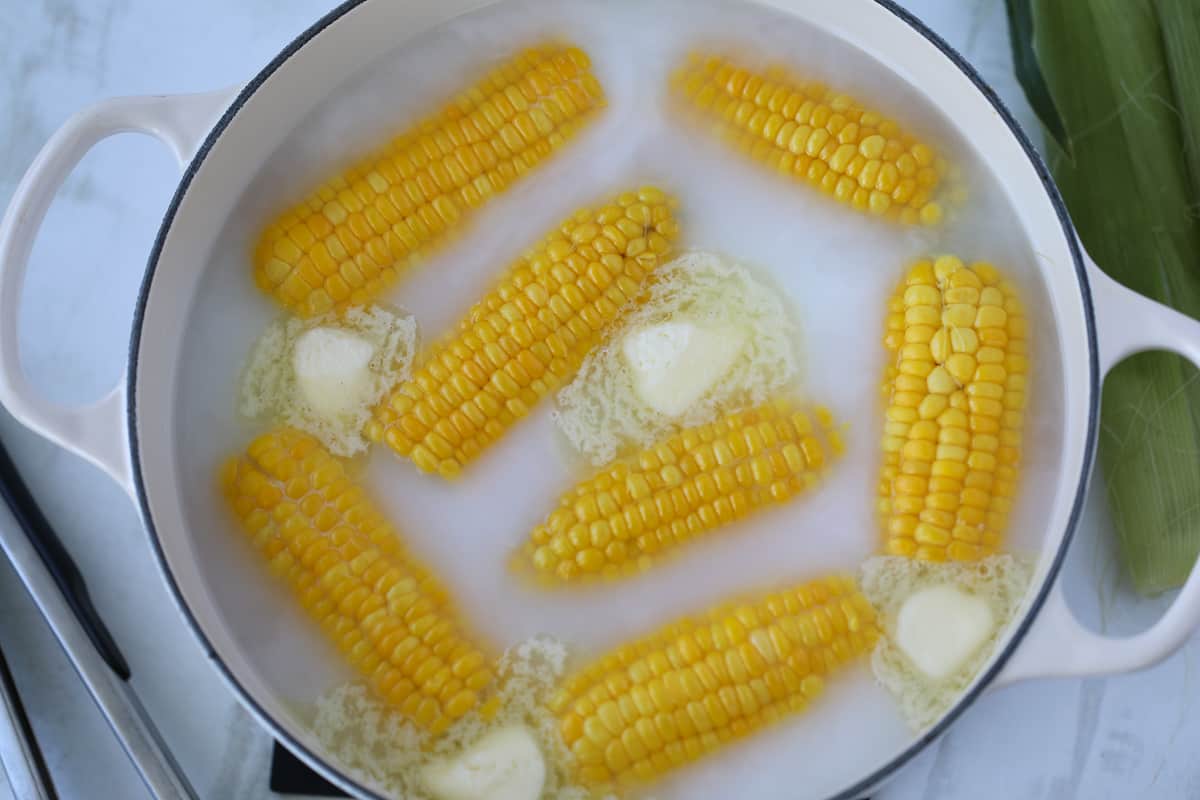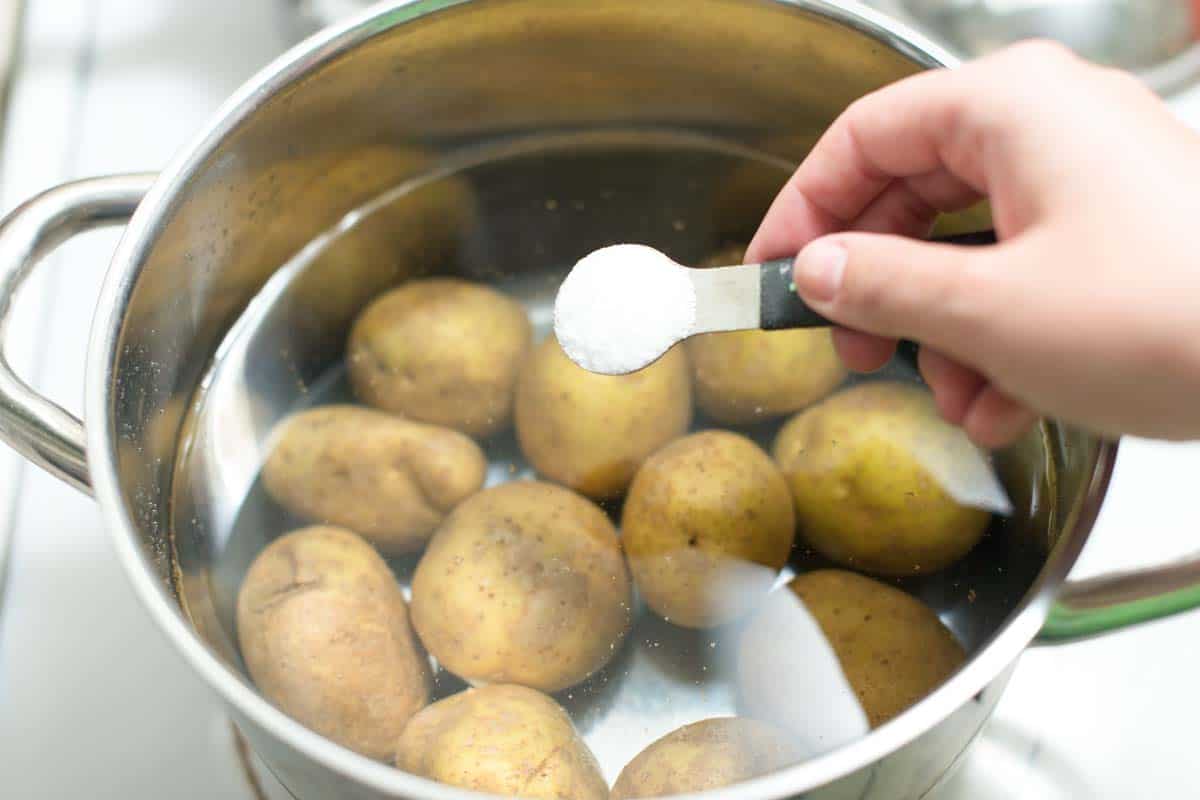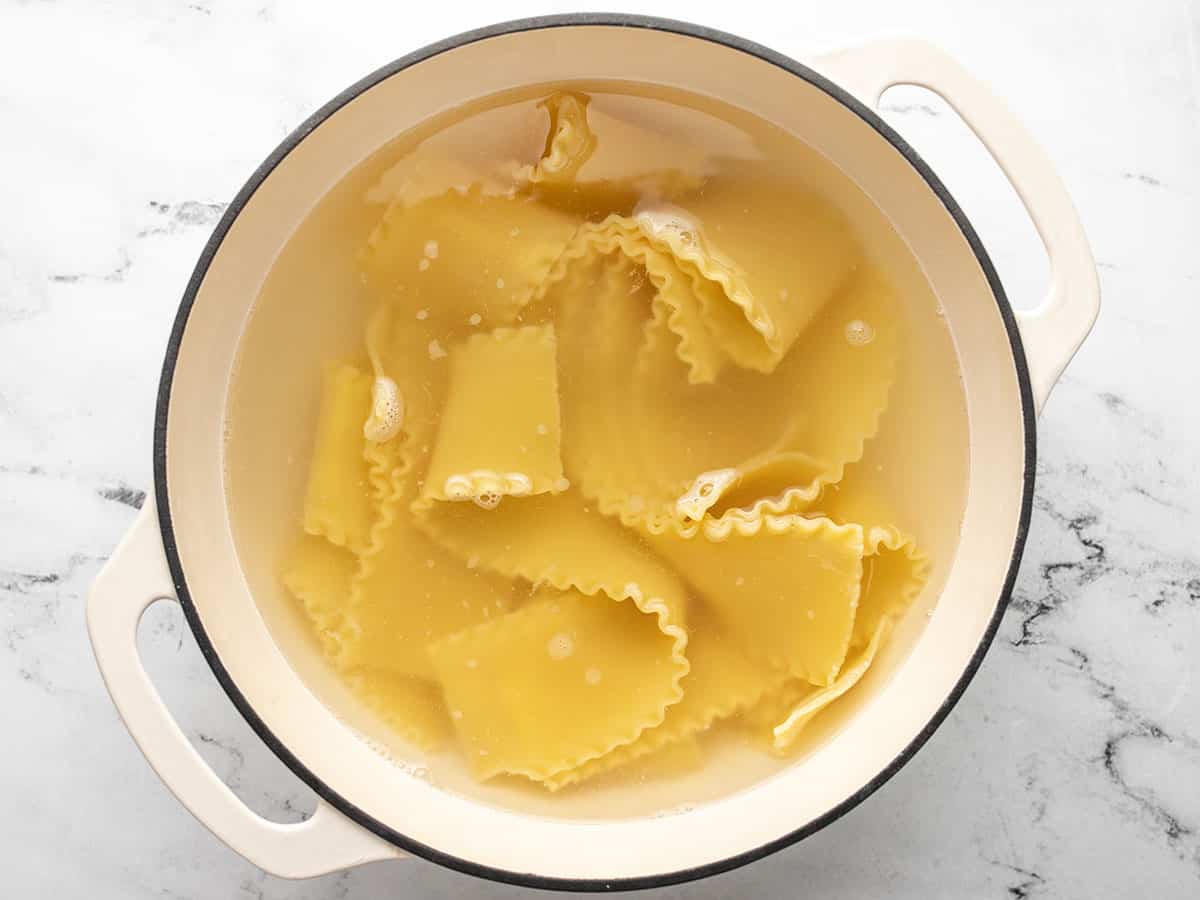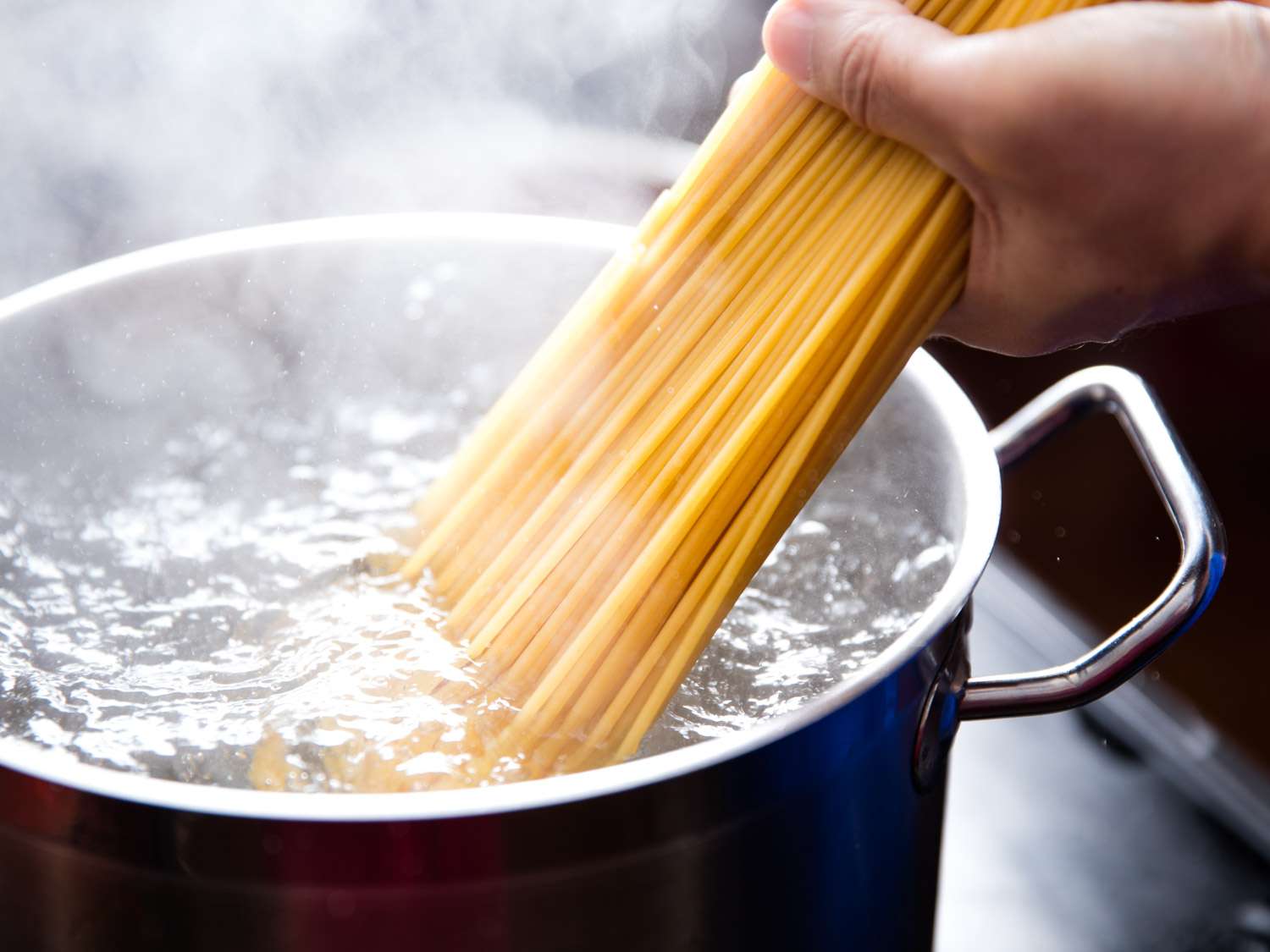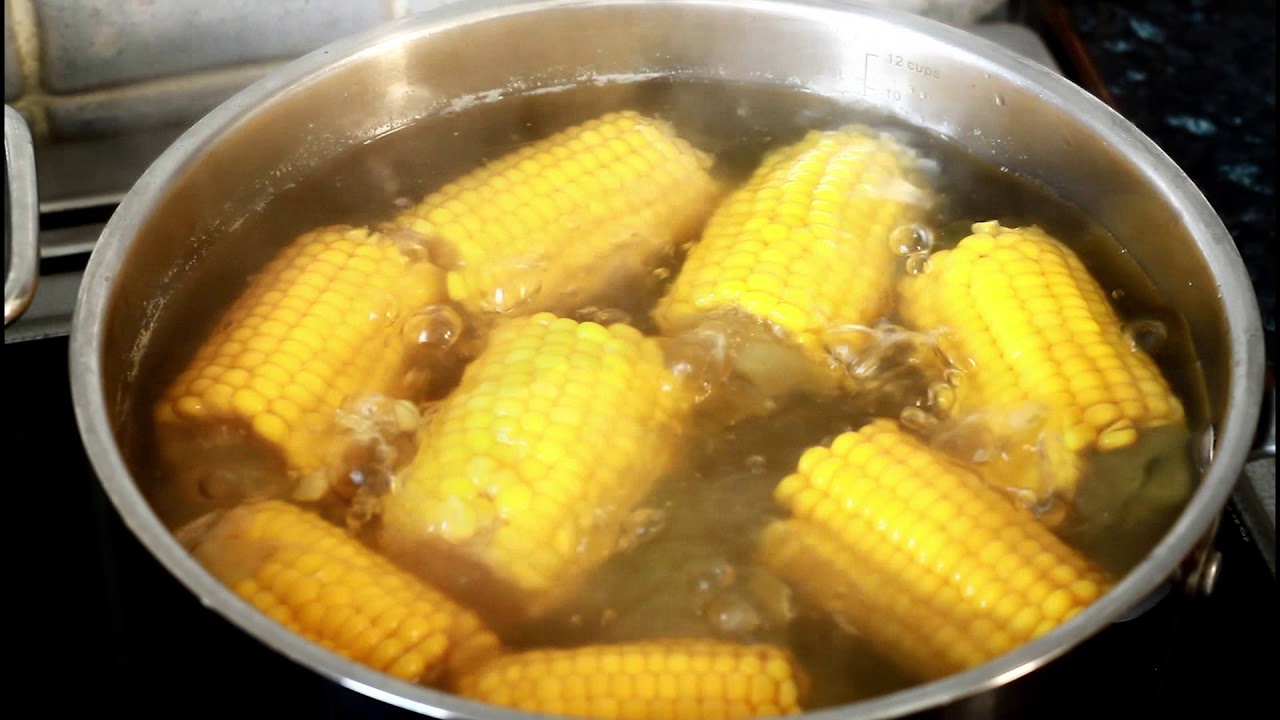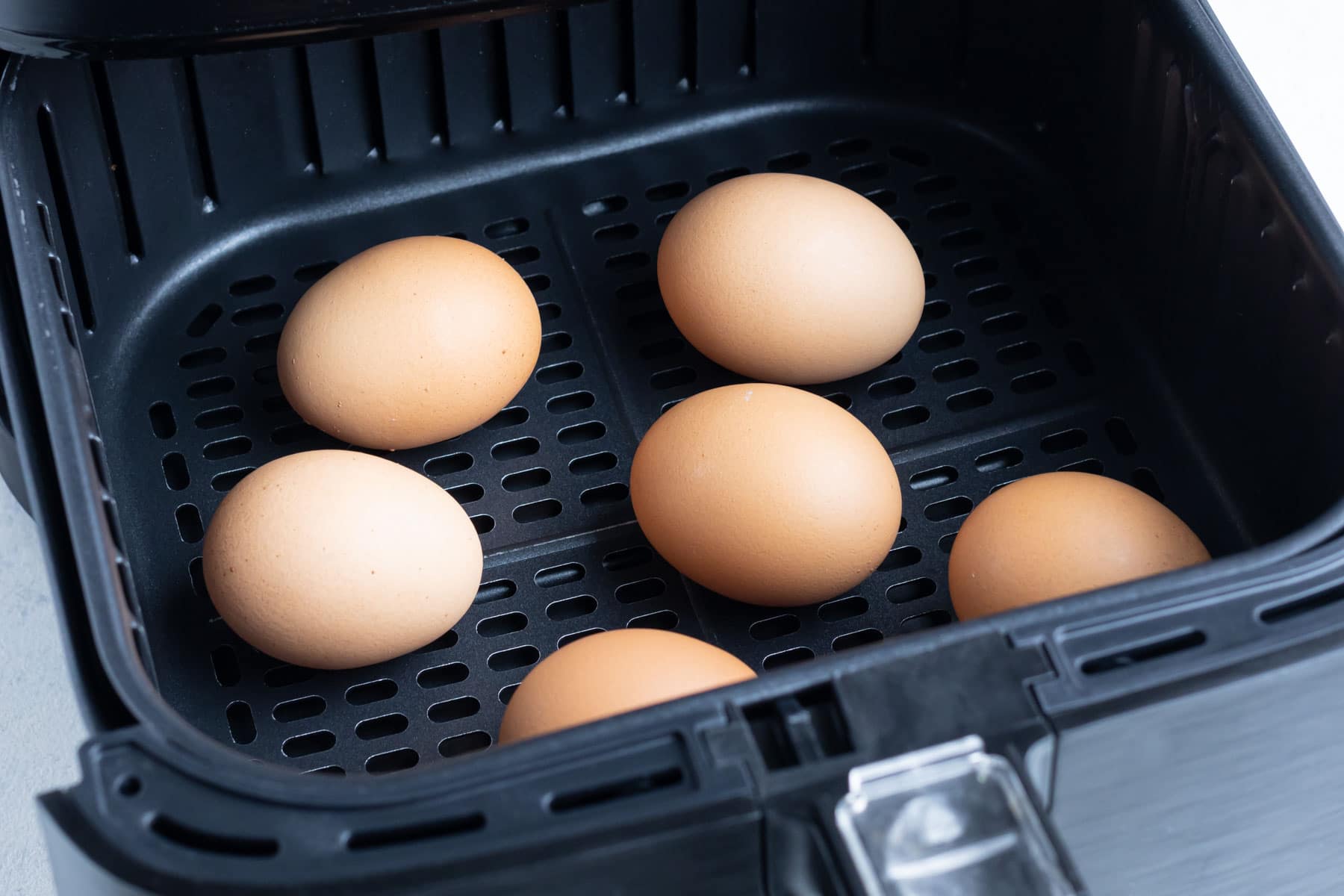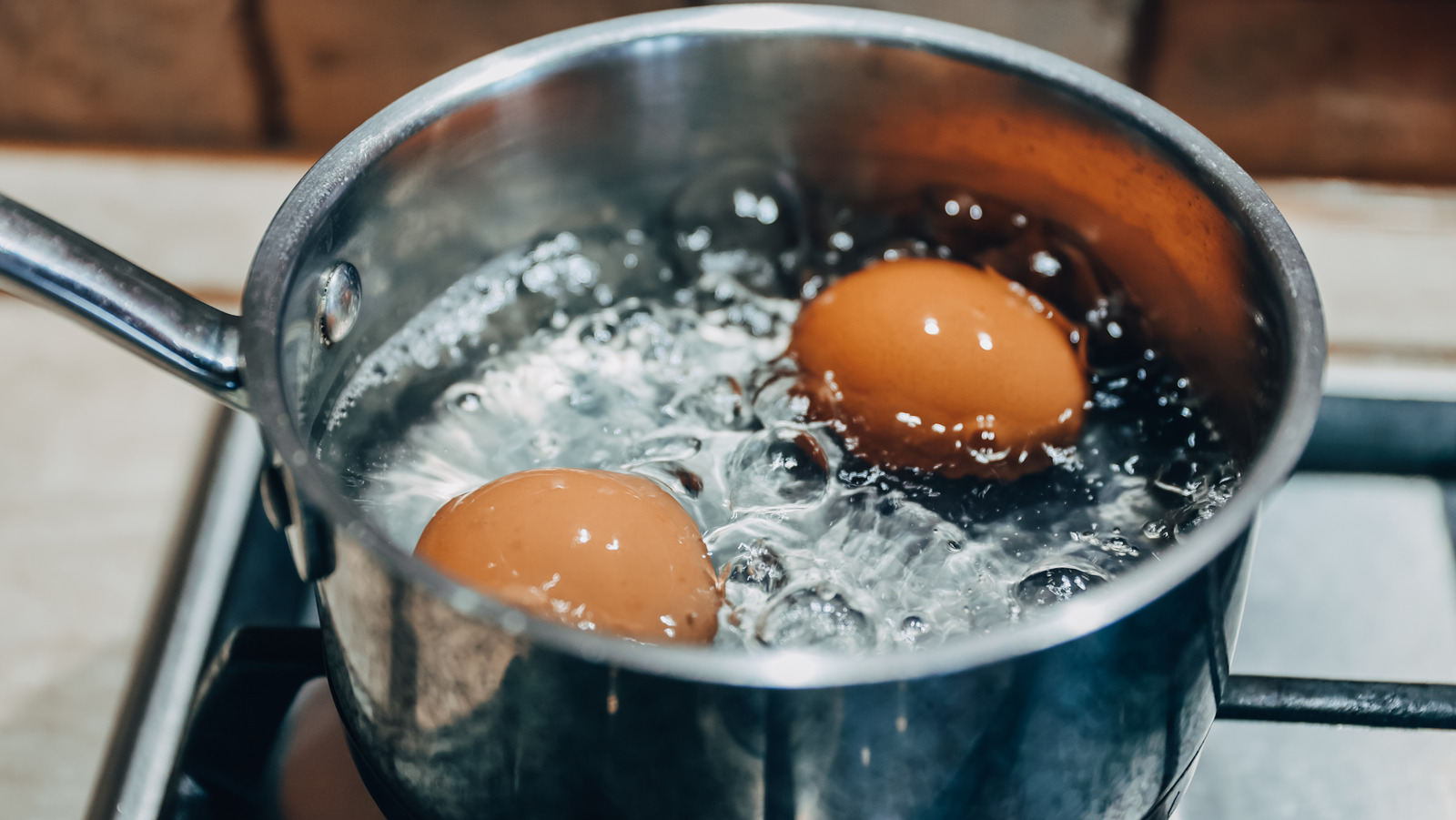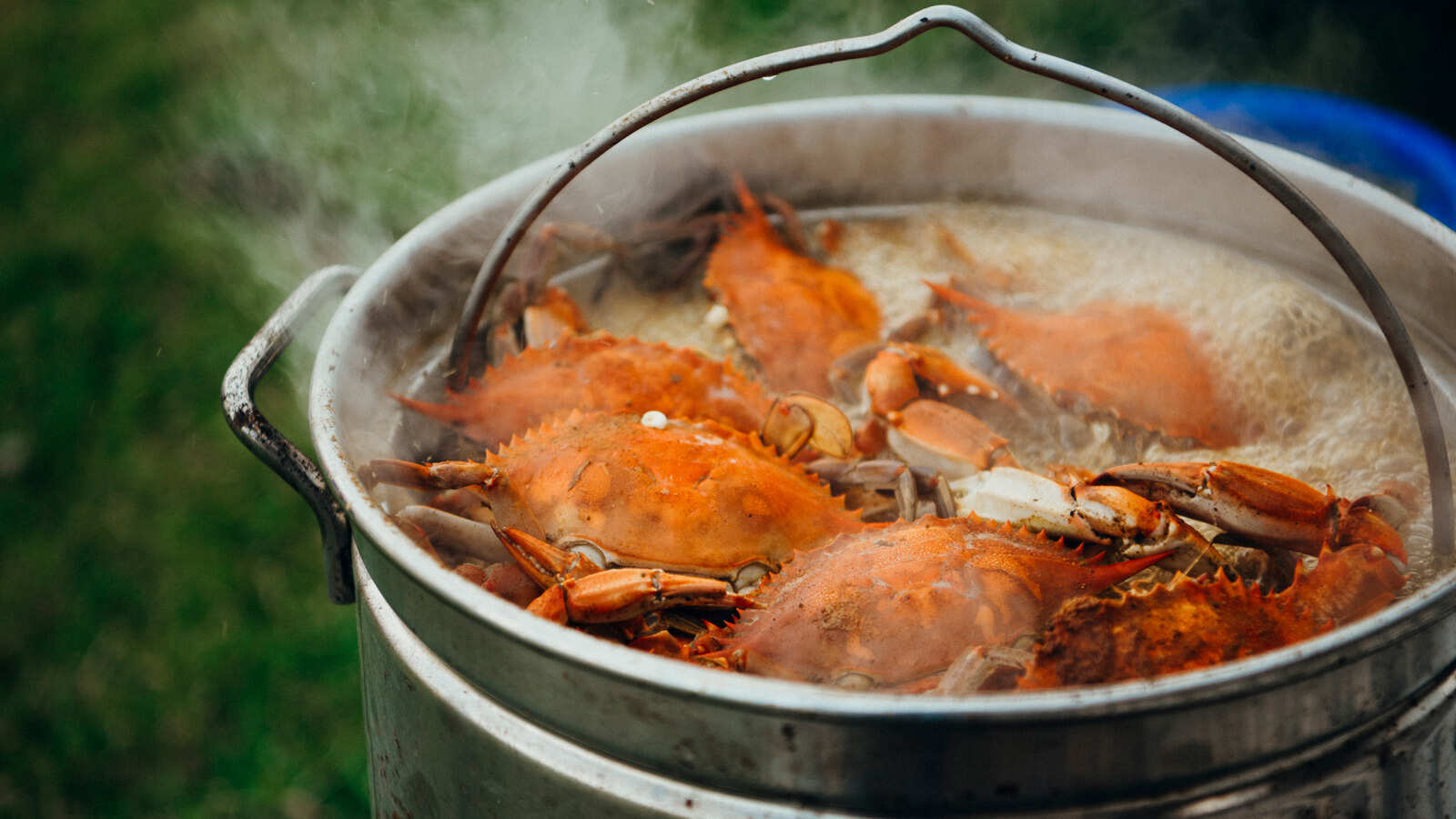How To Boil Milk: The Ultimate Guide
Greetings, fellow food enthusiasts! Today, we are diving into the age-old culinary art of boiling milk. Whether you want to enjoy a comforting cup of hot chocolate or use milk as an essential ingredient in your recipes, knowing how to boil milk to perfection is a skill every home cook should possess. In this ultimate guide, we’ll walk you through the steps to ensure your milk boils safely and deliciously. Let’s get started!
Why is it important to boil milk?
Before we delve into the process, let’s understand why boiling milk is so crucial. Boiling milk provides several benefits:
- Kills harmful bacteria: Boiling milk eliminates any potential bacteria, making it safe for consumption.
- Enhances shelf life: By heating milk, you extend its shelf life by slowing down the growth of spoilage-causing microorganisms.
- Alters taste and texture: Boiling milk can enhance its flavor, especially when making desserts or beverages like chai tea or cappuccino.
Step-by-Step Guide to Properly Boiling Milk
Now that we understand the importance, let’s walk through the steps to boil milk:
- Choose the right pot: Select a heavy-bottomed pot or saucepan to prevent scorching or burning the milk.
- Pour the milk: Pour the desired quantity of milk into the pot, leaving some space at the top to prevent overflow during boiling.
- Heat the milk: Place the pot on medium heat and gradually bring the temperature up. Stir the milk occasionally to prevent it from sticking to the bottom.
- Watch for steam: As the milk heats up, keep an eye out for steam rising from the surface. This is an indication that the milk is nearing the boiling point.
- Reduce heat: Just before the milk reaches a rolling boil, reduce the heat to low to prevent it from boiling over.
- Simmer: Maintain a gentle simmer for a few minutes. This helps ensure that the milk is thoroughly heated and any potential bacteria are eliminated.
- Remove from heat: Once the milk has reached your desired consistency, promptly remove it from the heat source to prevent scorching.
Voila! You have successfully boiled your milk! Now, you can use it in your favorite recipes or enjoy a warm cup of goodness.
Safety Tips for Boiling Milk
While boiling milk is a straightforward process, it’s essential to take precautions to avoid accidents:
- Never leave unattended: Milk can quickly boil over, creating a mess on your stove. Always stay nearby to monitor the process.
- Stir regularly: Stirring the milk occasionally helps distribute heat evenly and prevents a film from forming on the surface.
- Use a heat diffuser: If you have a gas stove, consider using a heat diffuser to distribute the heat evenly and prevent scorching.
- Allow to cool: After boiling, let the milk cool down slightly before transferring or using it in recipes.
Conclusion
Boiling milk not only ensures its safety by killing harmful bacteria but also enhances its flavor and extends its shelf life. By following the above steps and safety tips, you can confidently boil milk like a pro. So go ahead, grab a pot, and embark on your journey to create delicious culinary delights with perfectly boiled milk!
More Delicious Recipes Featuring Boiled Milk
Now that you've mastered the basics of boiling milk, the culinary world is your oyster. Delve into a variety of milk-based recipes that not only enhance your skill set but also add a touch of gourmet to your everyday meals. Try the Classic Hot Chocolate Recipe for a comforting treat, or the Creamy Homemade Yogurt Recipe to start your mornings with a healthy option. For a taste of tradition, the Traditional Indian Chai Tea Recipe is a must. If you're in the mood for something more indulgent, the Rich Flan Recipe and Smooth Custard Recipe are perfect. Each recipe provides a unique way to utilize your newly acquired skills, offering both simplicity and complexity in flavors that cater to all taste buds.
Was this page helpful?
Read Next: How To Boil Okra
